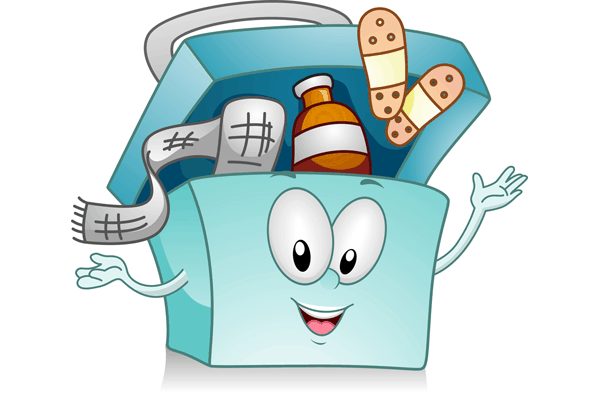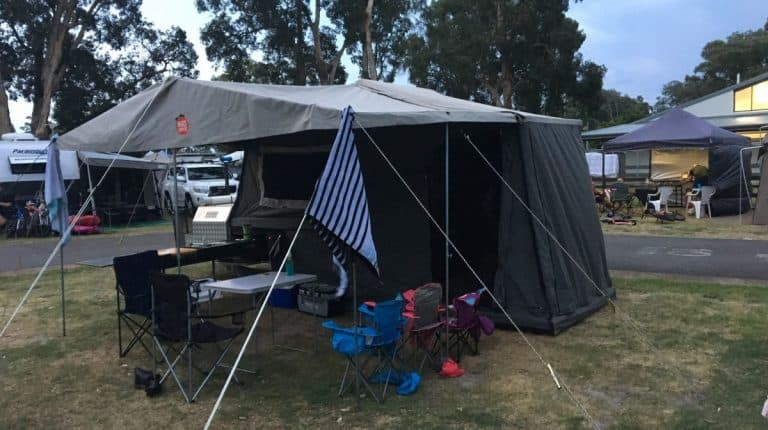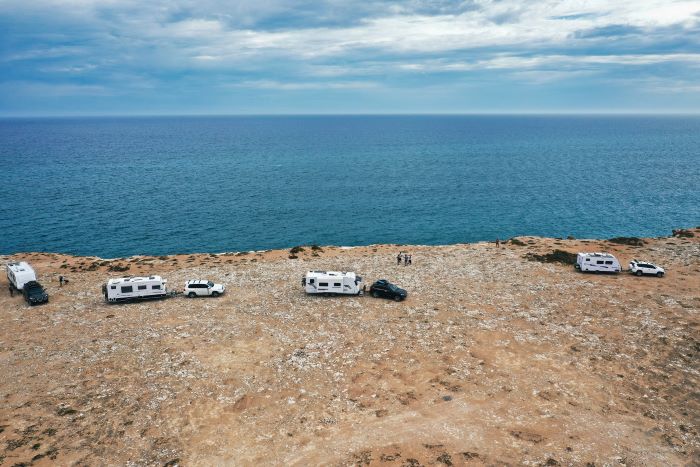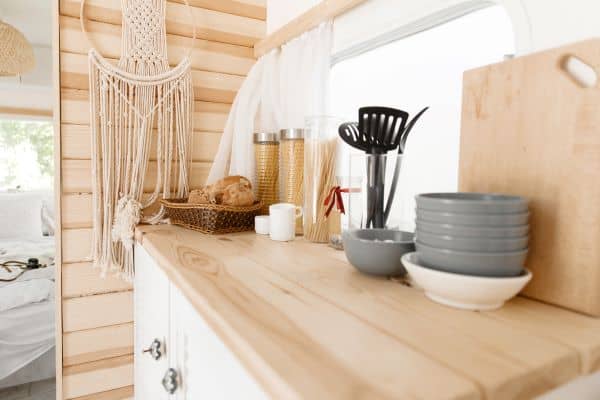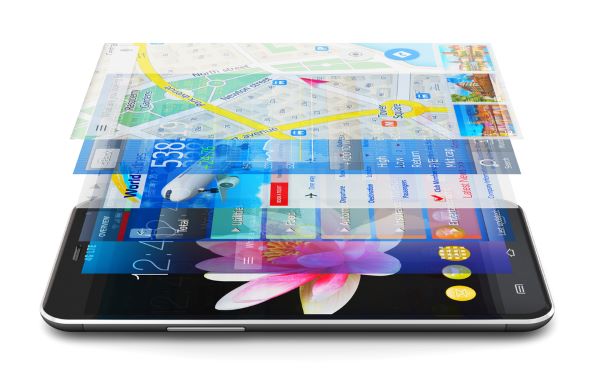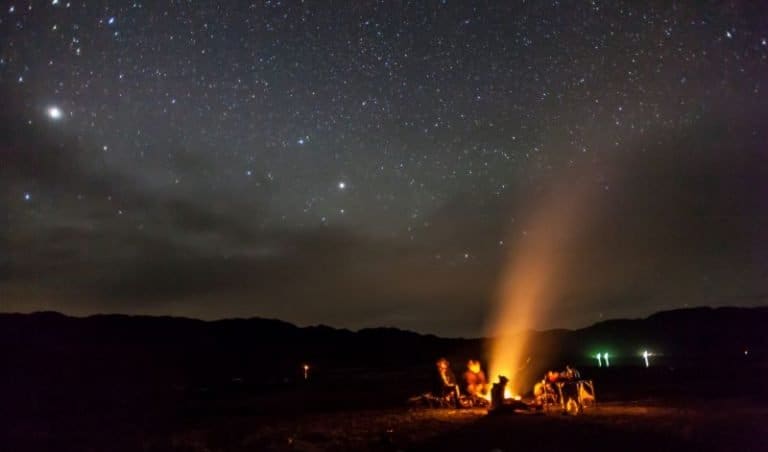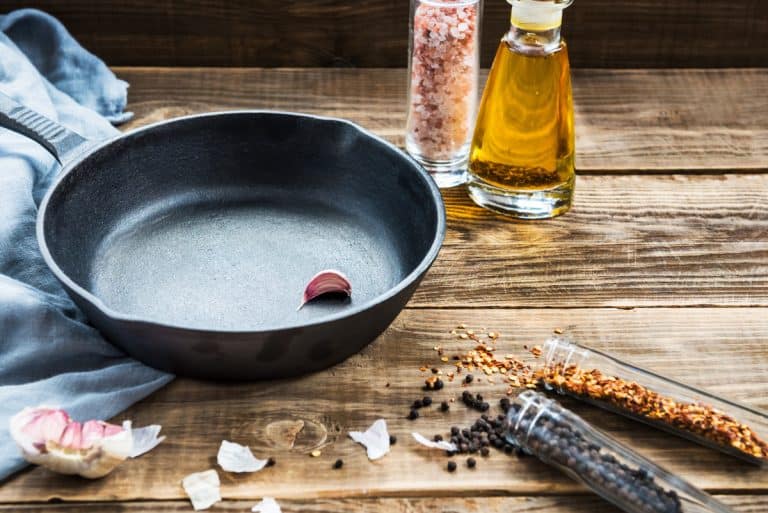What to Put in Your First Aid Kit for Camping
Camping is a great way to get out in nature and explore. However, accidents happen, which is why it is important to take a well-stocked first aid kit with you on your trip. And if you are camping somewhere away from quick access to medical treatment it is even more important to make sure you are prepared.
The essential items for a first aid kids include things like band-aids, bandages, saline and disinfectants, antiseptic creams, pain medication and anti-inflammatory medication, antihistamines, sting cream, sunscreen, hand sanitiser, gloves, tweezers and scissors.
When planning on what to put into a first aid kit, you need to start thinking about what can happen when you go camping. This isn’t to make you paranoid about what will happen on your trip, but to be prepared in case accidents and other first aid instances arrive. You don’t want to be trying to bundle kids into a car trying to find a pharmacy that’s open, if you’re even near one.
Camping First Aid Kit
Bandages
- Band-Aids of various sizes for small scrapes.
- Adhesive bandages of various sizes for bigger scrapes and wounds.
- Butterfly bandages for when things whack you in the head.
- Gauze pads of various sizes or gauze roll to help stop bleeding and for when you don’t want things to stick to the wound or burn.
- Cloth bandages to help support a sprain or similar. Can also be used for compression to stop bleeding, to hold a dressing in place and as a tourniquet.
- Eye Patches for eye injuries.
- Blister pads for any blisters.
- Sports strapping tape can be used on injuries such as sprained ankles.
Cleaning and Care
- Hand sanitiser to ensure clean hands when you are administering first aid.
- Gloves for protection when administering first aid.
- Sterile wipes and disinfectants such as Betadine or Dettol for cleaning wounds.
- Saline solution for washing wounds or eyes.
- Cotton tips can be used to apply creams or help with cleaning of wounds.
Medication
- Antiseptic creams for help healing cuts and prevent infection. Can also be used for minor burns.
- Pain and anti-inflammatory medicine such as paracetamol or ibuprofen
- Sting cream such as Stingose for mozzie, ant and other insect bites.
- After Sun moisturiser / sunburn relief cream because eventually someone will get sunburnt.
- Anti-diarrhea medicine is great as a first solution if someone is having stomach issues.
- Antihistamine for allergic reactions.
- Sunscreen for sun protection.
- Epi-pen for major allergic reactions if someone you’re camping with needs one.
- Prescription medicines if anyone is currently taking some.
- Cold/flu medication is good to have if people come down with a cold.
- Throat lozenges for sore throats.
- Oral rehydration solution e.g. Hydrolyte for dehydration.
- Eye drops for dirt in the eye or other eye irritations.
- Lip balm for dry, cracked or sunburnt lips.
- Burn cream for any burns.
- Insect repellent as prevention is better than treating the bits afterwards.
Other
- Tweezers for pulling out splinters, gravel or bee stings.
- Scissors for cutting bandages etc to size.
- Knife – a multi-tool like a Letherman comes in handy for just about any situation and can also be a nice addition to your kit.
- Safety pins
- Splints for supporting broken bones until further help is received however a strong stick can be used if you have nothing else.
- Emergency blanket also known as a survival blanket. These keep someone warm in case they go into shock after an accident.
- Snakebite kit in case of snakebite. Especially important in Australia if you go camping in less populated areas.
- Thermometer to check people’s temperature if you think they are getting ill.
- Instant Ice Pack for bruises and other injuries.
- First Aid manual or information cards so you can refer to them for the correct treatment.
- Notepad and pencil to make any notes about the situation. A pencil is generally better than a pen as it won’t run out of ink, however a pen will work too as long as you check it is still working regularly.
- Plastic bags to clean up used items.
- Duct tape has multiple uses such as repairing your tent but can also be used in an emergency like holding bandages together (just don’t directly apply it to your skin).
- Container to keep all of your first aid items in. Some pre-packaged kits come in one already.
You can purchase all of the items separately and put them together in a kit yourself, however it is normally more cost effective to purchase a prepacked camping first aid kit like this one and add anything missing.
Make sure you check your first aid kit annually for outdated medicines and replenish any exhausted supplies. It’s a good idea to always take a well-stocked first aid kit whenever you go camping, even if you think what you are doing is not high risk. Now that you have a camping first aid kit ready to go, check out the rest of our camping with kids checklist, so you don’t leave any essential items at home.
Great Phone Apps for First Aid
There are some great apps available for your phone to help you in a medical or accident situation. Download these before you go away on a trip and they may help you if you don’t know what to do.
Emergency+ App
If you need to call 000, using this app will allow it to use your phone’s GPS and give your coordinates and address to the emergency operator. This can be essential if you don’t know the actual address of where you are because you’re bush camping or have gone for a drive for the day.
It also provides a list of numbers such as the SES and Police Assistance Line so you can also use it in non-emergencies where you still need help.
Download the Emergency+ App
Australian Bites and Stings
This app provides information on the various venomous species in Australia including snakes, spiders, aquatic creatures, jellyfish, insects and other creepy crawlies. It also includes what to do if you are bitten or stung and a ‘Be Prepared’ checklist for before you go.
Handy if you are wanting to identify a creature, or if you’ve been bitten and want to know the signs and symptoms of a bite or sting and its treatment.
Download the Australian Bites and Stings App
First Aid
The First Aid app by St John Ambulance Australia gives you step by step emergency first aid information with a large clear image for each step. If you need help administering first aid then this app can tell you what you need to do.
It has topics including allergic reactions, asthma attack, bites and stings, burns, chest pain, choking, defibrillation, diabetic emergencies, fractures, recovery position, severe bleeding, shock and sprains & strains. It also includes the latest CPR guidelines.
Download the First Aid App
Kids Health Info
Instead of consulting Dr Google, head over to this app for over 300 medical facts sheets from the Royal Children’s Hospital in Melbourne. It covers a variety of topics and common illnesses (and not so common one’s).
It is a helpful resource when camping if you or your family get sick and can be referenced for things such as concussion, allergies, rashes, infections and illness.
Download the Kids Health Info App
Lastly, if you want to be extra prepared, research what medical options and pharmacies will be available to you near to where you are going to be staying.
Happy camping.

